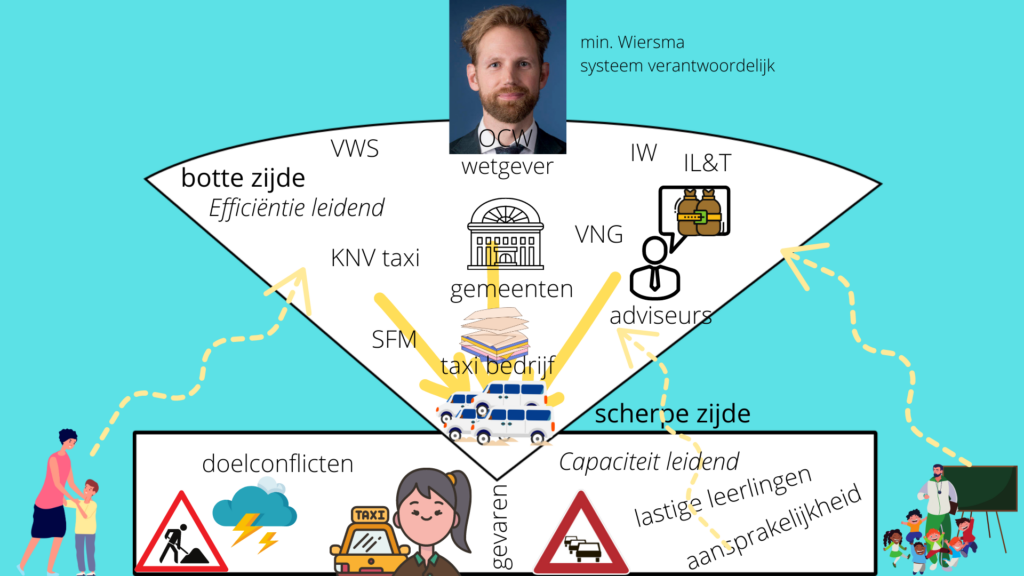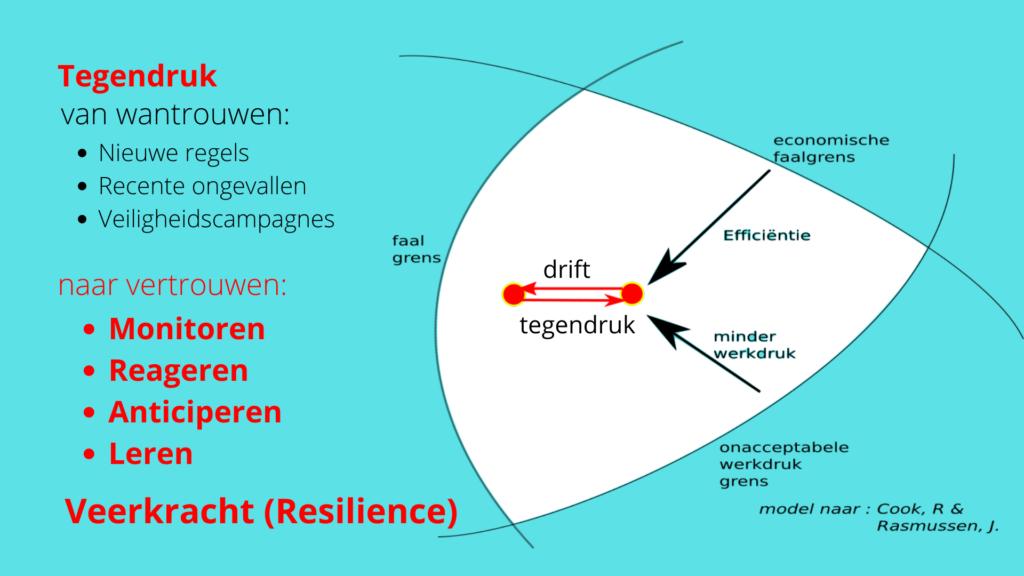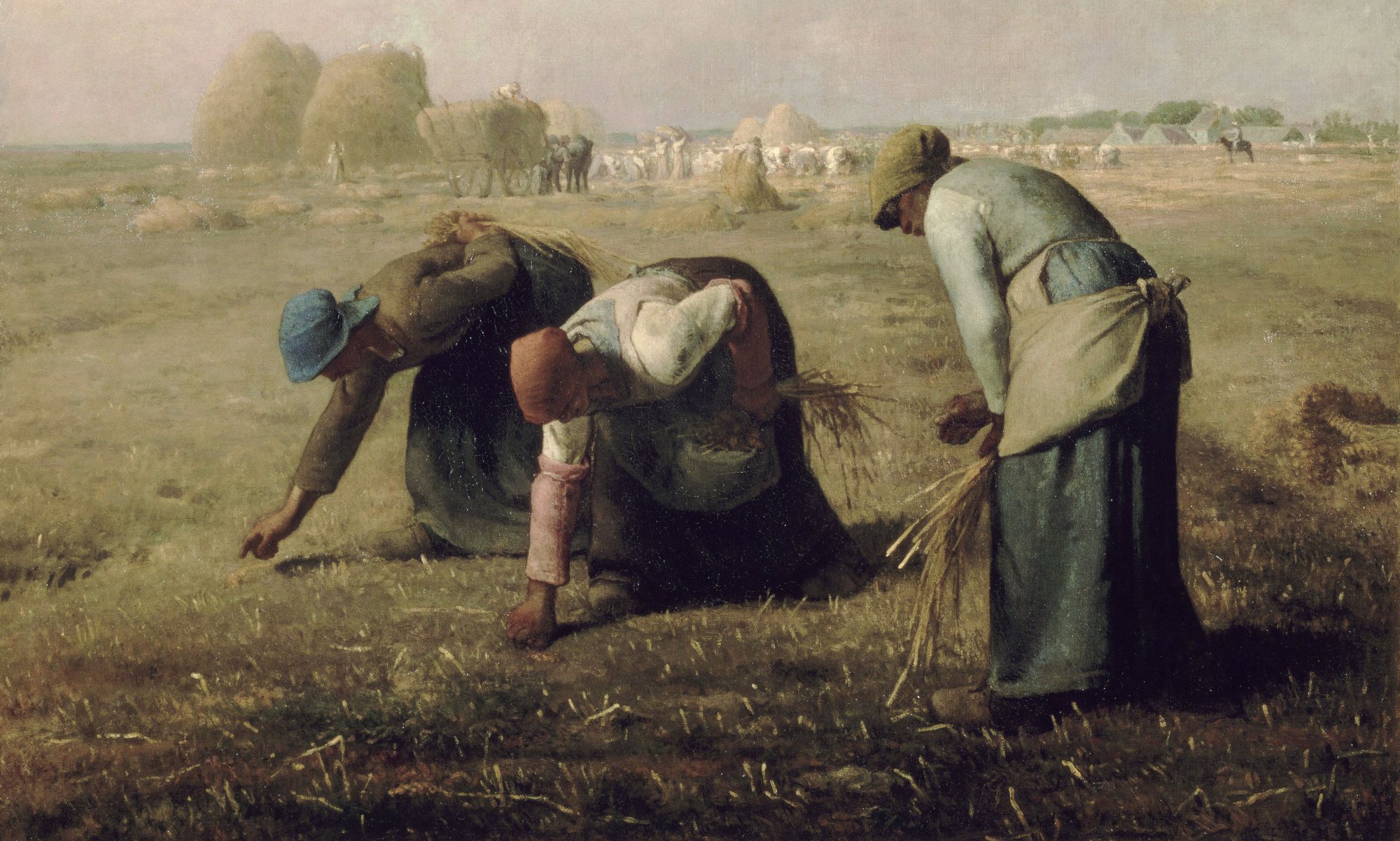This post is also available in: Nederlands (Dutch)
This contribution was published as an Opinion article in PV Magazine 6 on December 23, 2022,
see also PV magazine. The illustrations are from the film Crisis in het leerlingenvervoer
In the Covid period, contract transport has fallen sharply. Now there is a follow-up problem: a chronic shortage of drivers. Drivers have found other work or have stopped. There are companies that have managed to retain their drivers with arts and crafts, with lending and reducing working hours and other creative solutions.
Crisis
A study by Ouders en Onderwijs (O&O) and tweets by Elijah Delsink of the student interest (LBVSO) shows that the shortage of drivers now causes student transport to run dramatically in a number of places. There are fewer fixed trips and regular drivers. Companies sometimes bring students to school in two shifts, causing students to arrive late to school. Or they are not picked up at all. Because parents take care of this, they miss working hours and this has consequences for their job! Important teaching hours, tests, are missed. That damages students. Good education is at risk.
What is striking is the powerlessness and the pointing of parties to each other. They try to put solutions to this situation partly with parents and / or educational institution. In the House of Representatives Round Table discussion (on 12-10-2022) this was well expressed by Lobke Vlaming (R&D). Minister Wiersma (OCW), spoke with a driver and rode along with a ride. He is shocked by the current situation. As system manager, he wants to contribute to emergency measures and to improvements in the longer term.

Driver at the sharp side
Let’s be clear, the driver has an extremely complex task in this hectic period. Transport everyone on time and with attention to the individual passenger. In difficult circumstances, constantly changing ride compositions and high absenteeism due to illness. Under normal circumstances, the work already is demanding to the driver:
- Dividing attention between driving and a good atmosphere in the taxi (bus)
- Dealing with traffic jams
- Different weather conditions
- Comply with all the rules contained in the transport contract.
Rules that seem self-evident and unambiguous (higher up in the chain) are so suddenly much less, in the complex reality of the taxi (bus) and the driver and, depending on the circumstances, . It’s a profession! Drivers are ideally placed to prevent incidents, assess risks and adapt to practical conditions.
This requires a familiar and safe working environment to be able to report positive and negative experiences within the company. A driver team that supports each other. Quick targeted responses, aimed at preventing problems in the taxi (bus). Finding solutions in joint consultation (parents and school) and with a smoothly thinking municipality representative. A satisfaction survey, aimed at parents and students, is structurally too late to solve identified starting problems. Those problems have already grown into incidents. Are drivers, planners and teaching staff also invited to the satisfaction survey?
Incidents
In current hectic practice, quality conditions and rules are released to allow for transportation – until an incident occurs. The same driver, who functioned excellently, is usually held solely responsible in the event of an incident. “Who made that mistake?” “Why didn’t you follow the rules?” “Fire that man or woman!” Judging afterwards and looking for a rule violation in the error is easy. It was not that simple for the driver in the complex circumstances just before the incident happened. The incident has happened, cannot be reversed. The question then must be: How can we help the victims? The driver is also (second) victim! What exactly happened? What circumstances played a role in this? What can we learn from it? Who is responsible for improvements and helping the victims? These are solution-oriented questions, which are rarely asked.
The chance of recurrence – a child, left in a locked bus for five hours – is high. Every person makes mistakes. “Thou shalt not make mistakes!” is an impossible task!
Capacity
Investing in capacity to limit the consequences of errors and prevent incidents works better.

This also requires the taking of responsibility by parties higher up the chain. If people are harmed by this policy, that is a safety problem, not a quality problem. Is there enough space for the driver to carry out the work properly? What influence has the (relentless) pursuit of efficiency had on companies that do invest in driver capacity?
Over and over again?
Why do we start all over again every 4 to 6 years? With a new tender and drivers who have to change companies to keep their jobs? Is the company that did invest in quality and capacity too expensive? Partly compared to the social costs of legal proceedings, bankruptcies, the return of assignments and recovery for the victims.
Care for drivers
Let’s be careful with our drivers, take them seriously and reward them sufficiently. Listening to them unbiased. To solutions that they (together with students, parents and teachers) see in daily practice. Building a restorative just culture.
Investing in capacity, resilience and robustness works!
